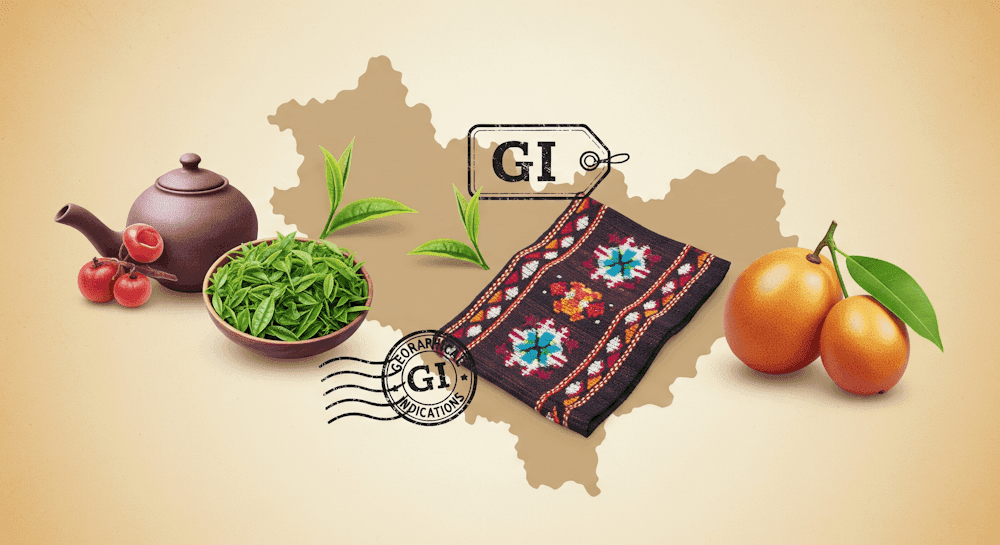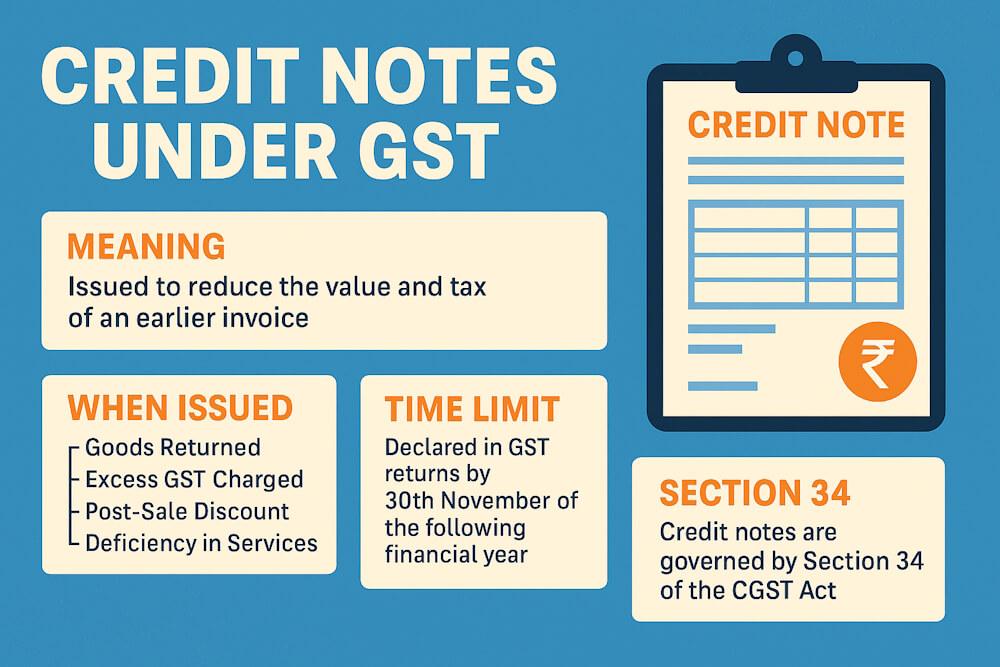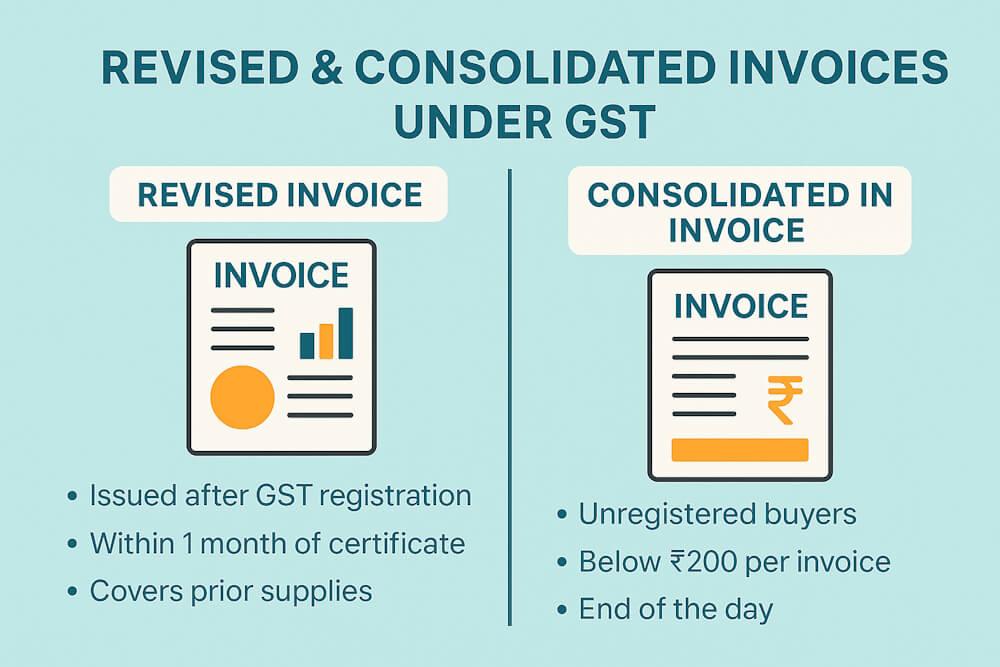Ever picked up a packet of “Darjeeling Tea” or saw “Champagne” written on a bottle and thought—what makes it so special? Like, why can’t anyone just grow tea and call it Darjeeling?
Well, turns out, there’s a legal reason behind that. And it’s called a Geographical Indication, or GI.
Let’s talk about that. No legal mumbo jumbo. Just plain, human talk.
So What Exactly Is a Geographical Indication?
Alright—think of it this way: a GI is basically a stamp that says, “This thing comes from this place—and only that place.”
Simple, right?
It’s a label that ties a product to its origin. Not just where it’s made, but how, and with what traditions or conditions that can’t really be copied elsewhere.
Like, Darjeeling tea grown somewhere else just isn’t Darjeeling. Even if the soil and climate are similar, it won’t taste the same. That’s what makes it special.
Not Just Fancy Tea and Wine
People always bring up wine and cheese when talking about GIs—and yeah, that’s valid. But GIs are way more than that.
In India alone, there’s a whole list of stuff that’s GI-tagged:
- Kanchipuram sarees
- Mysore sandal soap
- Basmati rice
- Kolhapuri chappals
- Alphonso mangoes
- Even stuff like Tirupati laddus
All of them are tied to places where they’ve been made for generations. Not mass-produced knockoffs. The real deal.
Why Does It Even Matter?
Here’s the thing: copycats ruin things.
If someone starts selling fake Banarasi sarees from outside Varanasi, it kills the real weavers’ business. Customers get confused. Prices drop. And boom—authentic artisans lose their livelihoods.
GI helps fix that.
It protects the original makers. Like a shield for their culture, their process, their know-how.
And yeah, it also helps buyers—because nobody wants to pay for fake stuff.
Okay But… Who Gets to Use the GI?
Only the people from that specific region, following the traditional methods.
So if you’re making “Darjeeling tea” in Himachal or Assam—even if it’s awesome—you still can’t label it as Darjeeling.
It’s like trying to sell fake Levi’s with the same stitching. It’s not just shady—it’s illegal.
Quick Example Time
Let’s say you’re in Goa and decide to sell local feni. That’s great—you can use the term “Goan Feni” if you’re actually making it there with the right method.
But if you’re a distiller in Bangalore copying the recipe and calling it “Goan Feni”—nah, can’t do that. GI laws won’t allow it.
You can sell it, sure. But call it something else.
GI vs Trademark (They’re Not the Same, FYI)
A lot of people get these two confused.
- Trademark: You create a brand. You own it. Like “Nike” or “Amul.”
- GI: It’s more like a collective right. The region owns the product identity.
So while a trademark is about business identity, a GI is more about regional identity.
How Does a Product Get GI-Tagged?
It’s not like slapping a sticker on something. There’s a whole application process.
Groups of producers or state authorities apply for GI status, explain how the product is made, what makes it unique, and why it can’t be replicated outside the region.
Once approved—boom! That name is now legally protected.
If someone else tries to use it wrongfully, they can be taken to court.
And Who Benefits From It?
Tons of people, honestly.
- Local workers who finally get paid fairly
- Small businesses that build trust through authenticity
- The culture that gets preserved and passed down
- And even the economy, with boosted tourism and exports
It’s one of those rare win-win scenarios.
So What’s the Catch?
The protection only works if the community enforces it.
If people don’t fight fake sellers, the GI becomes useless. That’s why awareness matters. Producers need to step up, and customers need to care.
Also, not every product can get GI protection. It has to be region-linked and have recognizable uniqueness tied to the place.
Final Thoughts
Geographical Indications are kind of like cultural guardians. They make sure local legends—be it a type of rice, a spice, a fabric, or a drink—don’t just get lost in global noise.
They let local folks keep doing what they’ve been doing for decades, maybe centuries—but now, with legal backing.
So next time you buy something with a GI tag? Know this: it’s not just a product. It’s history, hard work, and hometown pride—all wrapped up in a label.
Related Reads:





